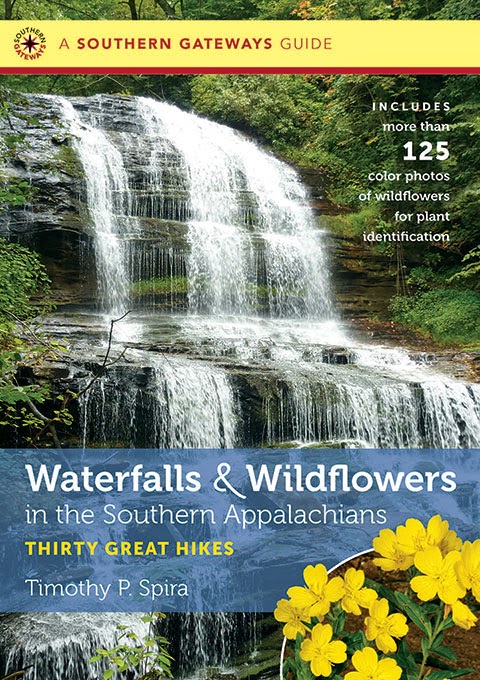
The long trumpet-shaped red flowers of coral honeysuckle (Lonicera sempervirens) really pop out at you! Both hummingbirds and butterflies visit the flowers for nectar and in so doing pollinate the flowers.
Loosely scattered in the eastern United States, this native twining vine is not aggressive and weedy like the introduced Japanese honeysuckle (Lonicera japonica).
Fun to see out in the wild, it also makes a wonderful garden plant as it flowers prolifically in full sun, has a long blooming season, and tolerates dry soils.









